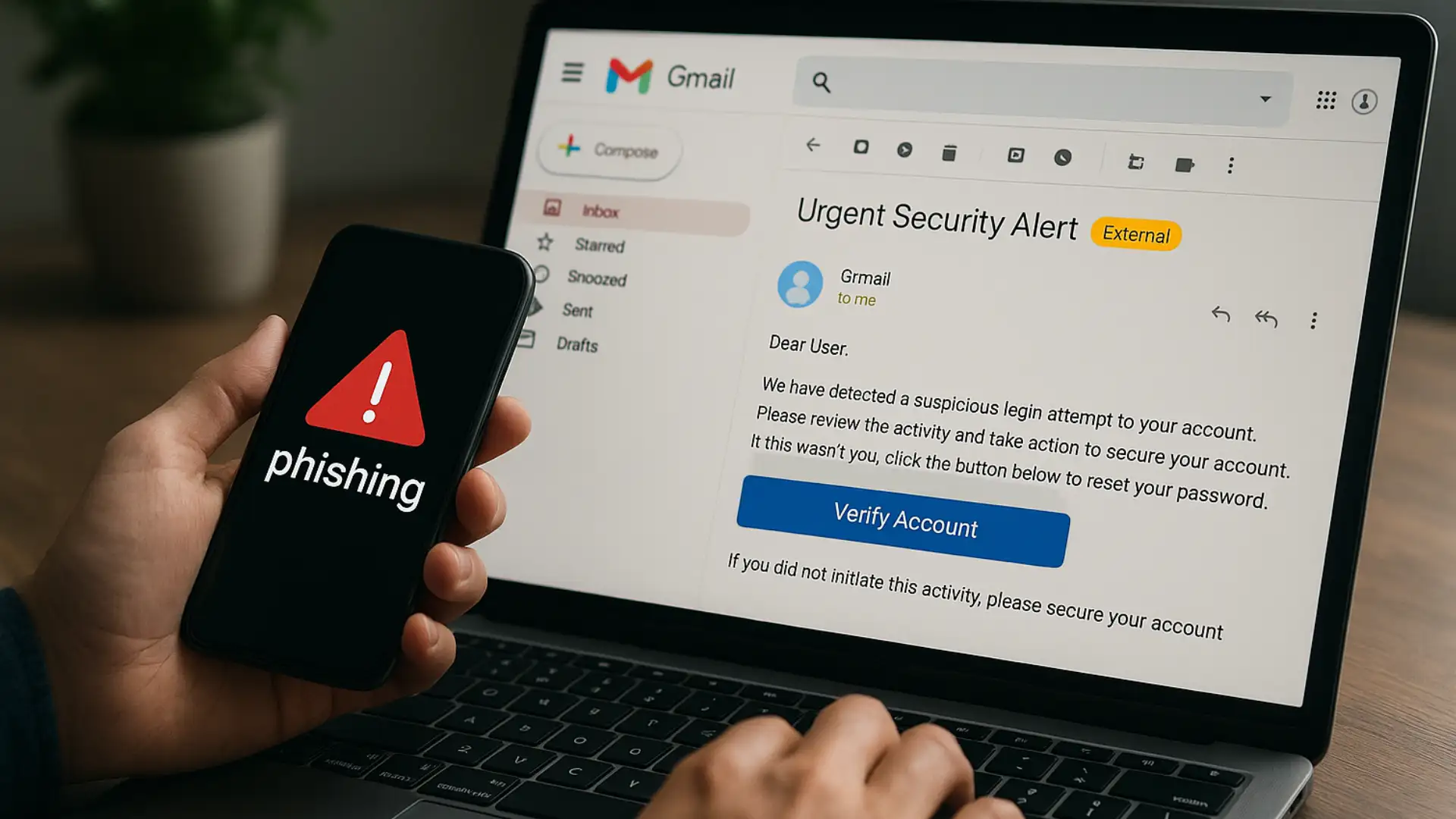Artificial Intelligence (AI) chatbots have fundamentally transformed interactions between businesses and customers, automating complex tasks, enhancing efficiency, and creating seamless experiences. DeepSeek R1, an emerging leader in generative AI chatbot technology, stands out for its sophisticated conversational capabilities. However, its growing popularity has brought increased scrutiny, uncovering critical security vulnerabilities. This detailed blog post thoroughly examines the DeepSeek R1 vulnerability, its technical nuances, potential ramifications, documented incidents, and advanced strategies for effective risk mitigation.
Understanding DeepSeek R1

DeepSeek R1 leverages cutting-edge transformer-based architectures, comparable to models like GPT-4 and ChatGPT, enabling highly contextualized and coherent interactions. Its advanced language-processing skills facilitate widespread applications, ranging from customer support and automation of daily tasks to content generation and strategic decision-making assistance. This breadth of use underscores the importance of robust security and highlights potential catastrophic outcomes if vulnerabilities remain unaddressed.
Historical Context of AI Chatbot Vulnerabilities
Historically, vulnerabilities in chatbot technology have been prevalent. Early AI models were notably vulnerable to simple input manipulation, revealing sensitive information and becoming easily misdirected. For instance, GPT-3 and earlier iterations faced scrutiny due to prompt injections and lack of adequate data anonymization, issues progressively addressed in newer models. However, similar foundational vulnerabilities persist in modern chatbots like DeepSeek R1, indicating an ongoing challenge within the industry.
Detailed Breakdown of the Vulnerability
Security researchers recently identified critical vulnerabilities affecting DeepSeek R1, chiefly relating to improper handling of input data and weaknesses in processing mechanisms. The three primary dimensions of this vulnerability include adversarial prompt injections, unauthorized exposure of sensitive data, and model manipulation.
1. Adversarial Prompt Injections
Adversarial prompts are intentionally engineered input sequences crafted to exploit weaknesses in chatbot processing logic. Such prompts bypass DeepSeek R1’s filtering algorithms, enabling unauthorized actions like data leaks, system manipulation, or misinformation dissemination. The chatbot’s inherent trust in user inputs significantly magnifies these risks.
2. Unauthorized Data Exposure
DeepSeek R1 exhibits critical flaws in its data anonymization and data-handling practices, occasionally leaking sensitive training data or user-specific information. Attackers leveraging this vulnerability can access personally identifiable information (PII), proprietary business data, and potentially sensitive communications.
3. Model Manipulation
Attackers can subtly alter DeepSeek R1’s training data, response mechanisms, or leverage inherent biases. Such manipulations can compromise the integrity and reliability of chatbot interactions, leading to inaccurate, inappropriate, or damaging responses.
Technical Deep-Dive into Exploitation Techniques

Detailed technical examination reveals attackers typically exploit chatbot vulnerabilities through targeted adversarial training data injections, advanced linguistic prompt crafting, and systematic probing of response mechanisms. Techniques such as obfuscation and semantic confusion are often utilized to bypass detection mechanisms, increasing the chatbot’s susceptibility to manipulation.
Extensive Real-World Implications
The identified vulnerabilities in DeepSeek R1 pose severe risks to users, businesses, and even broader industries. Below are expanded discussions of specific consequences:
Privacy and Compliance Risks: Exposed sensitive data can lead to significant privacy breaches, causing non-compliance with stringent data protection laws such as GDPR, HIPAA, and CCPA. Businesses face hefty fines, legal action, and serious reputational harm.
Operational and Financial Disruptions: Malicious prompts and manipulated responses could cause chatbot failures or operational downtime. These disruptions potentially translate into substantial financial losses, reduced operational efficiency, and diminished customer satisfaction.
Reputation and Trust Erosion: Publicized chatbot security incidents severely damage an organization’s reputation. Trust erosion significantly impacts customer loyalty, investor confidence, and market competitiveness.
Documented Incidents and Case Studies
Multiple high-profile incidents underscore DeepSeek R1’s vulnerabilities. An e-commerce company reported substantial leakage of customer transactional data due to adversarial injections, resulting in financial losses and regulatory investigations. Similarly, a financial services provider faced backlash when manipulated chatbot responses disseminated misinformation, leading to regulatory scrutiny and substantial reputation damage. Such cases emphasize the critical need for urgent and comprehensive vulnerability management and security enhancements.
Regulatory Compliance and Legal Frameworks
Businesses utilizing DeepSeek R1 face stringent compliance requirements under data protection frameworks such as GDPR, HIPAA, and CCPA. Non-compliance resulting from these vulnerabilities can lead to severe penalties, increased regulatory oversight, and mandatory corrective actions. Organizations must rigorously enforce compliance policies and actively engage in risk assessments and remediation activities.
Advanced Mitigation Strategies and Industry Best Practices
Addressing DeepSeek R1 vulnerabilities requires multifaceted approaches and proactive measures:
Sophisticated Input Validation and Monitoring
Develop advanced validation frameworks to identify and neutralize malicious input in real-time. Deploy continuous monitoring solutions capable of anomaly detection, pattern recognition, and adaptive response adjustments.
Comprehensive Data Protection
Adopt robust data anonymization and encryption practices, backed by comprehensive access controls. Conduct regular data protection audits, security assessments, and maintain strict compliance with regulatory frameworks.
Ongoing Security Education and Model Retraining
Continuously retrain AI models using sanitized, bias-free, and diverse datasets. Promote frequent security education initiatives to equip development and operational teams with best practices and emerging threat intelligence.
Proactive Security Audits and Red Team Exercises
Regularly conduct penetration tests, vulnerability assessments, and rigorous red team exercises. Immediate patching of vulnerabilities identified through such assessments should be standard operating procedure.
Transparent Incident Response and Communication
Develop robust, transparent incident-response strategies, clearly communicating vulnerabilities and ongoing mitigation actions to stakeholders. Transparency helps maintain user trust and enables swift, effective risk management.
Future Trends: Reinforcing AI Security
The continuous evolution of AI chatbot technology necessitates persistent innovation in security practices. Future-focused trends in AI security include adversarial training, advanced anomaly detection frameworks, enhanced model transparency, and comprehensive AI governance policies. These measures will equip organizations to effectively combat evolving cybersecurity threats, protecting users and safeguarding business continuity.
Conclusion
The DeepSeek R1 vulnerability highlights critical security challenges inherent to advanced generative AI technologies. Organizations must embrace comprehensive and evolving cybersecurity frameworks to address these challenges effectively. Adopting sophisticated validation, robust data management, ongoing security training, and proactive security practices will substantially mitigate risks, ensuring the safe and reliable deployment of advanced AI chatbot solutions.
Insights: Trend




